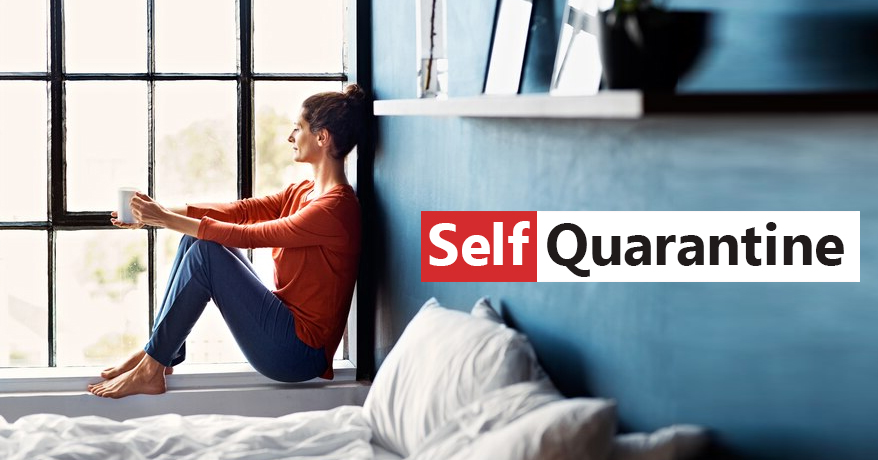Menu

How is self-quarantining different from self-isolating?
Although the two terms sound similar, there is a small difference between them. Isolation is about “separating sick people with a contagious disease from people who are not sick.”
– means it is done for the people who are sick.
Alternatively, the second preventive measure quarantining “separates and restricts the movement of people who were exposed to a contagious disease to see if they become sick”. Quarantine is for the suspects – recommended for individuals who are believed to have been exposed to an infectious disease like a coronavirus infection, but are not symptomatic. Self-quarantine is when you separate yourself from others, even when you are feeling fine, because there is a high chance that you have been exposed to the disease. So it is the chance of exposure rather than the symptoms that warrant self-quarantine. Symptoms warrant isolation.
Being in quarantine involves monitoring if the symptoms develop in an individual who may have been exposed to the virus. These suspects will remain in their homes so that they do not spread the disease to others, in case it does develop.
Risk and the need for self quarantine (CDC)
Who should self-quarantine because of coronavirus?
The CDC recommends that two groups that are at a higher risk of contracting the virus –
A. people over the age of 60
Who/ What is a Close Contact?
A close contact is someone who has been face to face for at least 15 minutes, or been in the same closed space for at least 2 hours, as someone who has tested positive for the COVID-19 when that person was infectious.
A close contact is defined as requiring:
For the purposes of surveillance, a close contact includes a person meeting any of the following criteria:
Aircraft passengers who were seated in the same row as the case, or in the two rows in front or two rows behind a confirmed COVID-19 case. Contact tracing of people who may have had close contact on long bus or train trips should also be attempted where possible, using similar seating/proximity criteria.
In case of a Close Contact, people should Isolate themselves and monitor their health closely
If you have been identified to have had close contact with someone who is confirmed to have infection with COVID-19 while they were infectious, you must:
How long should one self-quarantine, if believed to have come in contact with coronavirus? Also, do other people in the household need to self-quarantine as well?
According to the CDC, if individuals do not display symptoms of illness after two weeks, they should be okay to conclude the period of self-quarantine and return to their daily routines as normal.
During a period of self-quarantine, other members of a household typically do not need to be self-quarantined.
When does an individual typically start showing the symptoms?
A study5 found that out of the 181 people who contracted the new coronavirus COVID-19, most people developed symptoms within six days of becoming infected, and 98% of them had symptoms by day 12. The authors of the study calculated that about 100 out of every 10,000 patients will take longer than that to begin showing symptoms.
What to do in case you get sick?
If you get sick with a fever (100.4°F/38°C or higher), cough, or have trouble breathing:
If you need to seek medical care for other reasons, such as dialysis, call ahead to your doctor and tell them about your recent travel to an area with widespread or ongoing community spread of COVID-19.
References (accessed on 14 March 2020)


| PRODUCTS | QTY | PRICE | VALUE in INR |
|---|
| PRODUCTS | QTY | PRICE | VALUE in INR |
|---|